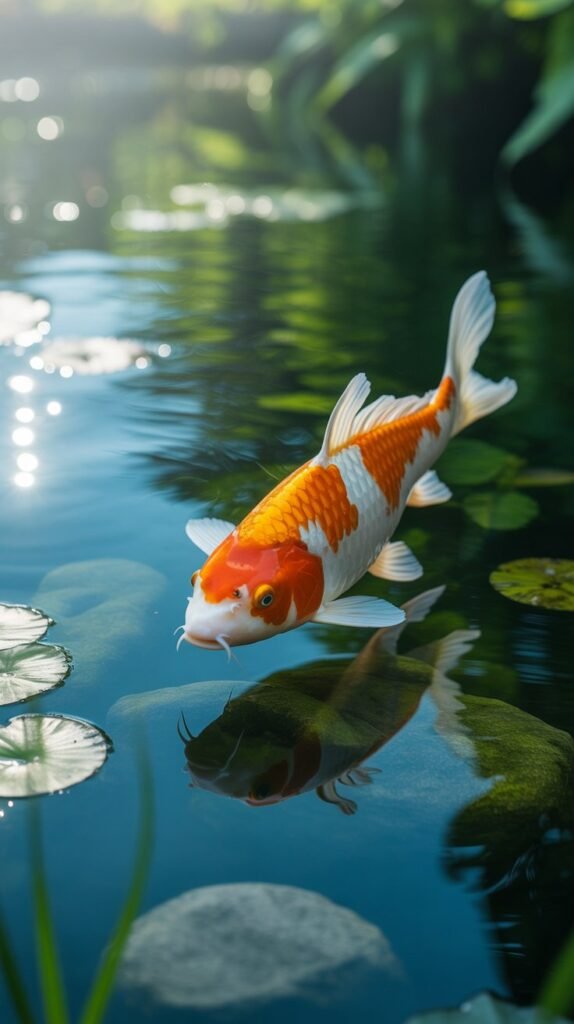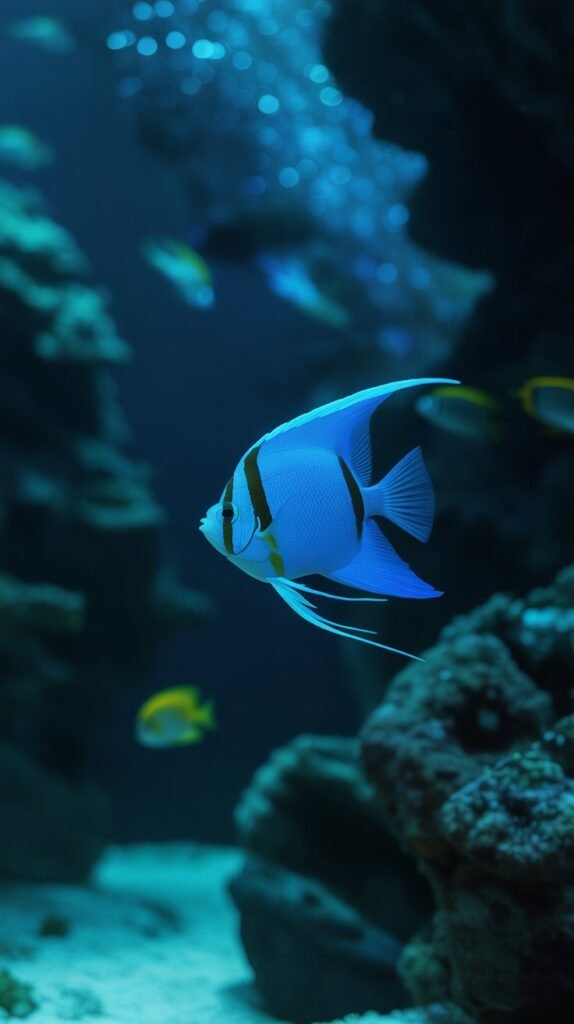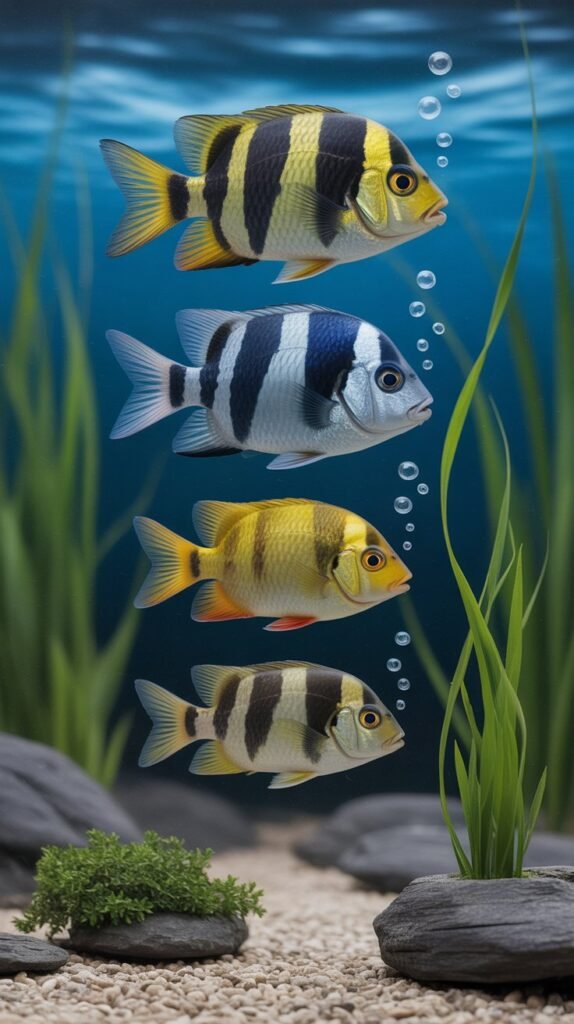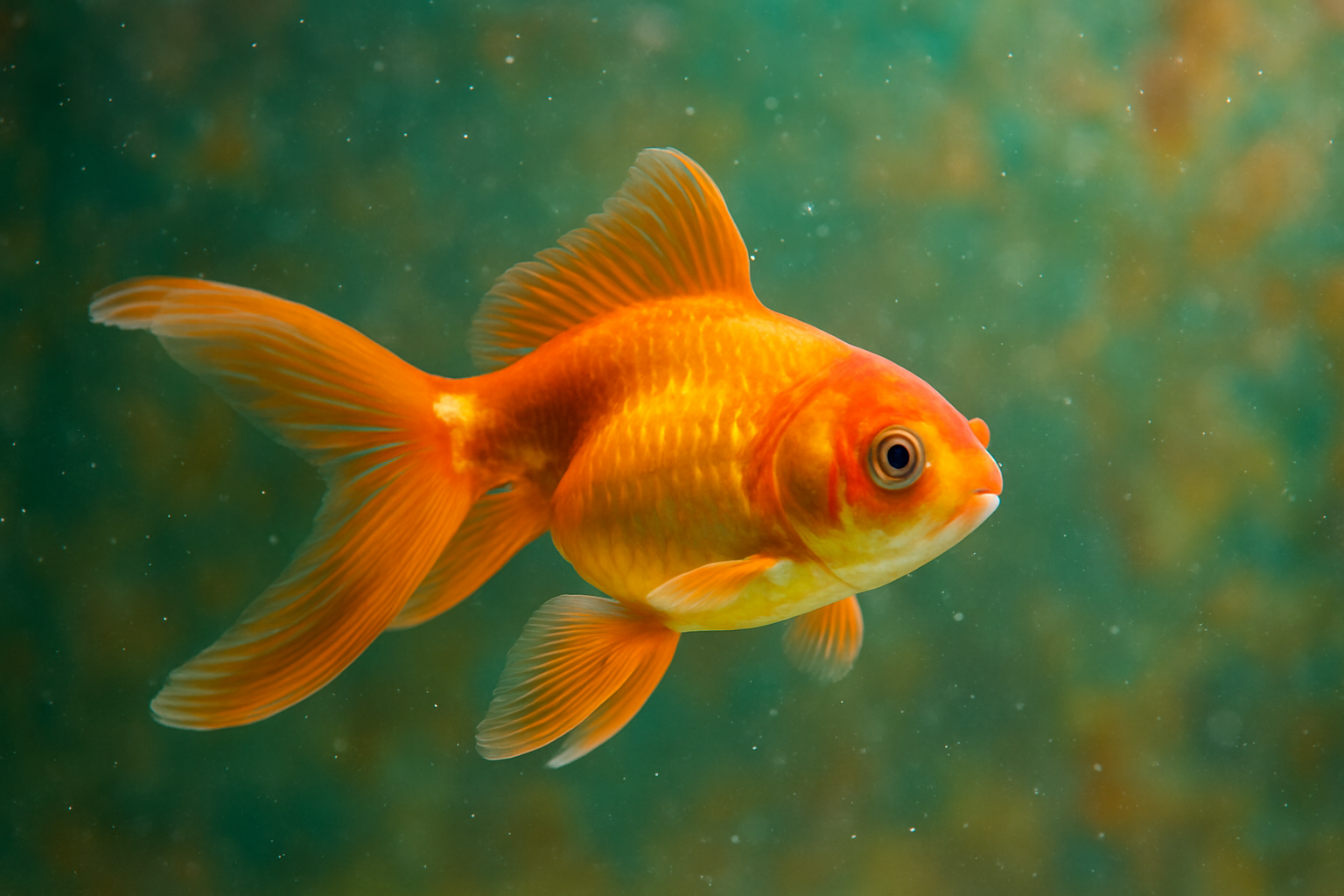Erratic swimming is a concerning behavior often observed in aquarium fish, characterized by unusual, uncoordinated, or frantic movement patterns. This behavior is not just visually alarming but can also be a telltale sign of underlying health issues or environmental stress. Whether you’re a beginner aquarist or a seasoned fishkeeper, understanding the causes of erratic swimming and knowing how to address them is vital for maintaining a healthy aquatic environment.
In this in-depth guide, we’ll explore what erratic swimming means, the common causes behind it, how to diagnose the issue, and the most effective ways to treat and prevent it. Let’s dive in.
What Is Erratic Swimming?
Erratic swimming refers to irregular and abnormal swimming behavior in fish. Unlike the steady, graceful movements typical of healthy fish, those exhibiting erratic swimming may:
- Swim in circles or loops
- Flip upside down or float sideways
- Dash suddenly from one end of the tank to the other
- Spin or tumble uncontrollably
- Struggle to maintain buoyancy or balance
This behavior is often a red flag indicating that something is wrong, whether it be disease, stress, or poor water quality.
Common Causes of Erratic Swimming

Understanding the root cause of erratic swimming is essential for effective treatment. Below are the most common triggers:
1. Poor Water Quality
Substandard water conditions are one of the primary reasons for erratic swimming. High levels of ammonia, nitrite, or nitrate can be toxic to fish and affect their nervous system.
Symptoms of poor water quality:
- Fish gasping at the surface
- Cloudy or foul-smelling water
- Algae overgrowth
- Sluggish or stressed fish behavior
Solution: Regularly test the water using aquarium test kits and maintain parameters within safe ranges. Perform partial water changes weekly and use proper filtration.
2. Swim Bladder Disorder
The swim bladder helps fish maintain buoyancy. When it becomes inflamed or damaged, fish may lose their ability to swim normally.
Causes include:
- Overfeeding
- Constipation
- Bacterial infection
- Physical injury
Symptoms:
- Fish floating on its side or upside down
- Difficulty staying upright
- Sinking to the bottom or rising uncontrollably
Treatment:
- Fast the fish for 24–48 hours
- Feed a blanched, shelled pea (a natural laxative)
- Consider using antibacterial medications if infection is suspected
3. Parasites
Internal or external parasites can cause irritation and neurological issues that lead to erratic swimming.
Common parasitic infections:
- Ich (white spot disease)
- Gill flukes
- Velvet disease
Signs of parasitic infestation:
- White spots or a dusty appearance
- Scratching against objects
- Rapid gill movement or labored breathing
Treatment: Use appropriate anti-parasitic medications and quarantine affected fish.
4. Neurological Disorders

Fish may suffer from neurological conditions due to viral infections, genetic defects, or exposure to toxins like heavy metals.
Signs include:
- Uncontrollable spinning
- Seizure-like behavior
- Total loss of coordination
Management: These conditions are often untreatable. Infected fish may need to be euthanized humanely to prevent suffering.
5. Sudden Temperature Fluctuations
Temperature shock from rapid changes in water temperature can lead to muscle spasms and erratic movement.
Symptoms:
- Darting or floating behavior
- Clamped fins
- Hiding or lethargy
Prevention: Maintain a stable temperature using a reliable aquarium heater and thermometer. Avoid drastic changes during water changes.
6. Toxic Contaminants

Household cleaners, aerosols, or unconditioned tap water may introduce toxins to the aquarium.
Effects:
- Gasping
- Erratic swimming
- Sudden death
Prevention: Never use household chemicals near the tank. Always dechlorinate tap water before adding it to the aquarium.
7. Aggressive Tank Mates
Bullying or constant chasing by more dominant fish can lead to stressed, erratic movements.
Signs of aggression:
- Torn fins
- Visible injuries
- Hiding or erratic fleeing behavior
Solution: Remove aggressive fish, add hiding spots, or rearrange the tank layout to disrupt territorial behavior.
How to Diagnose the Problem

Diagnosing the cause of erratic swimming involves careful observation and testing. Here are the steps to follow:
1. Observe Closely
Take note of:
- How often the erratic behavior occurs
- Any visible symptoms (spots, clamped fins, swelling)
- Whether other fish are affected
2. Check Water Parameters
Use a test kit to measure:
- Ammonia
- Nitrite
- Nitrate
- pH
- Temperature
3. Look for External Signs
Inspect fish for:
- Parasites
- Injuries
- Swelling or abnormal body shape
4. Evaluate Diet and Feeding Practices
Overfeeding or feeding poor-quality food can contribute to digestive issues and erratic swimming.
Effective Treatments for Erratic Swimming
The treatment will vary based on the underlying cause. Here are common treatments by issue:
1. For Poor Water Quality:
- Perform a 25–50% water change
- Add activated carbon to remove toxins
- Ensure the filter is functioning correctly
- Reduce feeding temporarily
2. For Swim Bladder Issues:
- Isolate the affected fish
- Fast for 24–48 hours
- Feed peeled, cooked peas
- Use antibacterial medication if infection is likely
3. For Parasites:
- Quarantine affected fish
- Use medications like copper sulfate, malachite green, or formalin
- Raise tank temperature gradually to speed up the parasite life cycle (follow medication guidelines)
4. For Aggression:
- Rearrange tank décor to break line of sight
- Increase hiding spaces
- Separate aggressive species
5. For Temperature Shock:
- Adjust temperature slowly (no more than 1–2°F per hour)
- Use an aquarium heater and avoid placing tanks near windows or vents
Preventing Erratic Swimming in Fish
Prevention is always better than treatment. Follow these best practices to avoid future issues:
1. Maintain Excellent Water Quality
- Test water weekly
- Perform regular water changes
- Use a high-quality filter suited for your tank size
2. Avoid Overfeeding
- Feed fish small amounts they can consume within 2–3 minutes
- Use a variety of high-quality, species-appropriate foods
3. Quarantine New Fish
- Always quarantine new additions for at least 2 weeks
- Observe for signs of illness before introducing to the main tank
4. Ensure a Balanced Environment
- Match tank mates by size and temperament
- Avoid overcrowding
- Provide hiding spots and territorial boundaries
5. Use Water Conditioners
- Treat tap water with dechlorinator
- Consider adding beneficial bacteria to aid biofiltration
When to Seek Professional Help
If the erratic swimming continues despite your efforts, or if multiple fish are affected, it may be time to consult an aquatic veterinarian or fish health expert. Persistent issues could signal a more serious, contagious disease or environmental hazard that requires expert intervention.
Frequently Asked Questions
Is erratic swimming always a sign of disease?
No, erratic swimming can also result from temporary stress, aggression, or minor water imbalances. However, it should never be ignored.
Can healthy fish occasionally swim erratically?
Yes, brief spurts of erratic swimming during play, mating, or feeding are normal. It’s prolonged, repetitive behavior that should raise concern.
Is erratic swimming contagious?
Erratic swimming itself isn’t contagious, but if it’s caused by parasites or infections, those can spread to other fish.
Can I treat erratic swimming with salt?
In mild cases or as a supportive treatment, aquarium salt can help reduce stress and improve gill function. However, it’s not a cure for all causes.
Conclusion
Erratic swimming is a critical symptom that every fishkeeper should take seriously. Whether it’s due to water quality, disease, or environmental stressors, identifying the root cause promptly can save your fish from unnecessary suffering or death.
With proper care, consistent maintenance, and an informed approach, most causes of erratic swimming are preventable and treatable. By staying observant and proactive, you can ensure your aquatic pets live a healthy, stress-free life.

